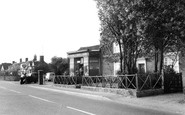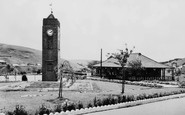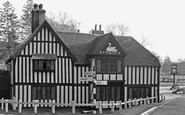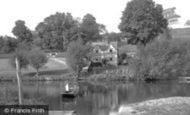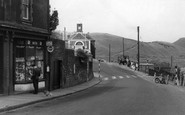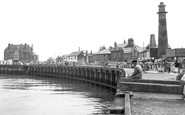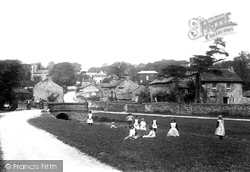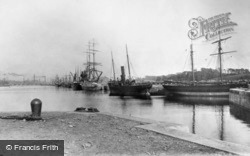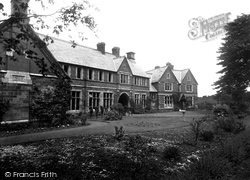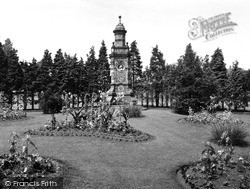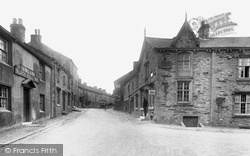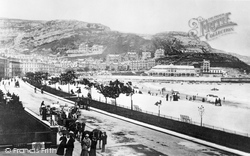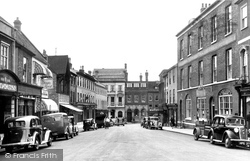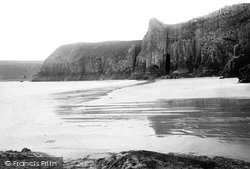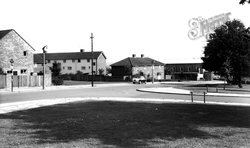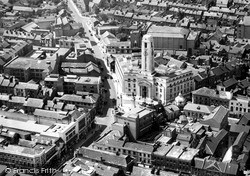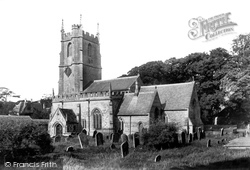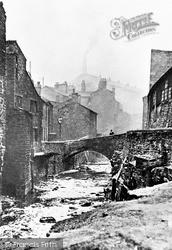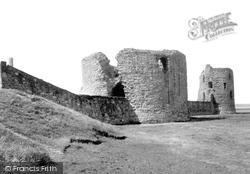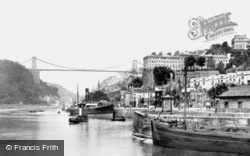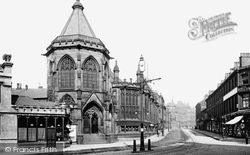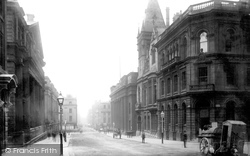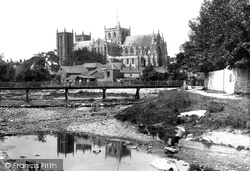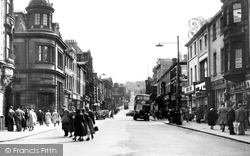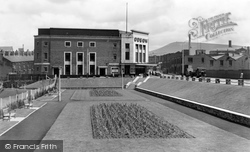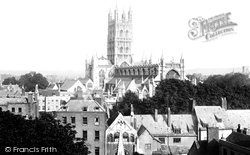Places
18 places found.
Those places high-lighted have photos. All locations may have maps, books and memories.
- Hythe, Kent
- Hythe, Hampshire
- Small Hythe, Kent
- Bablock Hythe, Oxfordshire
- Methwold Hythe, Norfolk
- Hythe, Somerset
- Hythe, Surrey
- Hythe End, Berkshire
- The Hythe, Essex
- Egham Hythe, Surrey
- West Hythe, Kent
- New Hythe, Kent
- Broad Street, Kent (near Hythe)
- Horn Street, Kent (near Hythe)
- Newbarn, Kent (near Hythe)
- Newington, Kent (near Hythe)
- Broad Street, Kent (near Hythe)
- Stone Hill, Kent (near Hythe)
Photos
360 photos found. Showing results 3,861 to 360.
Maps
101 maps found.
Books
10 books found. Showing results 4,633 to 10.
Memories
4,406 memories found. Showing results 1,931 to 1,940.
Inkerman Barracks 1948 Tojanuary 1951
My father was a military policeman and we lived at no 17 MSQ (just around the corner from these houses and now known as Wellington Terrace.) At the front of our house there were woods across the road and a small ...Read more
A memory of Knaphill in 1949 by
My Home From 1947 1969
I was born here in Newton Green and lived in the house just visible on the left - the last one. It was called Cotswold. The village shop was run by Mark Wilson and that could be him in the photograph, tinkering with the ...Read more
A memory of Newton in 1957 by
A Childhood Revisited
So many memories, where to start? I was born 1961 and grew up in The Crescent, just off Weyhill Road.......the rattling trains full of gravel making the house shake, the outside toilet (visits in the middle of the night in ...Read more
A memory of Andover by
Ledsham Station
Ledsham station was on the Hooton - Chester line. On the railway bridge at the end of Ledsham Road you can still see the glazed tiles that were part of the interior of the entrance building. The 'Cheshire Yeoman' across the road ...Read more
A memory of Little Sutton by
Skating Around The Pavillion.
Wow, this brings back some memories! My friends and myself used to love to roller skate around the Pavillion and take a rest by the clock tower as kids, 24 years ago!, now I feel old!!!
A memory of Gilfach Goch by
Newtown School
I remember I hadn't had my 5th birthday, and my mum said that tomorrow I was going to start school. School, I thought, whats that!. The next day I was dressed up and at about 8.30 a small van with seats arrived outside ...Read more
A memory of Newtown in 1957 by
Hampton Ferry, Memories
First placed here by the monks of Evesham Abbey in the thirteenth century to enable them to tend the vineyard that they planted on Clarkes Hill, the original use of the cottage was a wine store. Their system of pulling the ...Read more
A memory of Evesham by
Fishing In The Harbour
We use to fish in the Quay by going down to the water by the little jetty shown in the picture. I fished with a small wined up fishing line. Must have been about 9/10m years old. The only fish I court I couldn't take of the hook because it wriggled to much, never fished since!!
A memory of Gorleston-on-Sea by
Happy Horsey Holidays
I have the fondest memories of childhood holidays spent in Ennerdale and a deep and lasting love of the valley, brought about not only by the remote beauty but also the many, very happy times that I have spent there with ...Read more
A memory of Ennerdale Bridge in 1975 by
Captions
4,899 captions found. Showing results 4,633 to 4,656.
Downham is another example of a village which was tightly controlled by the lords of the manor, who refused to let industry into the village.
Less disturbed by the outside world, the close-linked fishing community endured a little longer, and the inevitable development was more restrained.
Downham is another example of a village which was tightly controlled by the lords of the manor, who refused to let industry into the village.
By the time the Ribble reaches Preston it is a deep, mighty river, well able to sustain sea-going vessels.
It is a strange coincidence that the only two royal visits to Guisborough were made by the same branch of our royal family and to the same building in the town.
At that time, the park covered an area of 24 acres; a further 6 acres was later purchased by the Council in 1906.
Slaid means 'flat marshy ground', burn is the Old English word for brook, so the name means 'flat marshy ground by the brook', which describes the area well.
A late 19th-century guide sings Llandudno's praises: 'the bright blue waters of the sea, the majestic ruins and bridges of Conway, all combine to form a prospect of wondrous beauty, which, bounded by the
The buildings from the High Spot to the Suffolk were damaged by the Zeppelin raid in 1915, and the timbered Freeman, Hardy and Willis is a 1920s replacement.
In order to avoid being cut off by the rising tide, walkers making their way from Tenby to Lydstep Cavern Beach were being advised to depart for their destination two hours before low tide.
Located to the rear of the Hypostyle Hall towards the sanctuary, this fallen obelisk (1896, above) is one of a pair originally erected by the female pharaoh Hatshepsut – she put up four obelisks in
Even though Boxmoor village has survived, it was destined to be surrounded by the New Town.
Other landmarks, like the Central Library and the Grand Theatre, would also be gone by the early 1960s. Great changes were imminent when the picture on the right was taken.
Tuscan columns, inserted in 1812 by the Calne builder Button, replace the Norman originals.
The bed level of the North Beck was raised five feet by the accumulation of rubbish.
In 1399 Richard II was brought here after being intercepted by the Earl of Northumberland.
During the same period, annual tobacco imports through the docks rose from 349 tons in 1880 to 2278 in 1910, and by the mid 1920s the average was 24,000 tons a year.
Blackburn had had three local newspapers by the time the Reading Room opened.
This part of the street was going to be called St James's Square, a challenge by the Roman Catholic, originally Stuart-supporting element, to St Anne's Square, which was named for a Church of England Queen
In 1765 Thomas had been a member of a delegation sent by the Society of Merchant Venturers, of which he later became Master, to deliver a petition to Parliament against the renewal of the Sugar Act.
Reconstruction began in 1069, followed by the building we see today from 1180. The west front was added in 1220. The minster finally became a cathedral in 1836.
On the right, just above the Trustee Savings Bank, is the New Day furniture store; the building is now occupied by the 'Burnley Express'.
The River Hyndburn, which flowed through this area, was culverted by the Borough Engineer's Department. By 1958 plans were drawn up to allow the building of shops on the garden.
Following his murder at Berkeley Castle in 1327, the King's body was refused burial at a number of places before being accepted by the monks of Gloucester.
Places (18)
Photos (360)
Memories (4406)
Books (10)
Maps (101)



